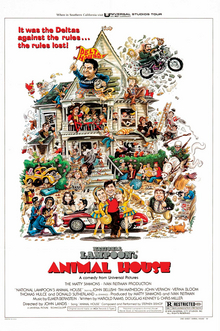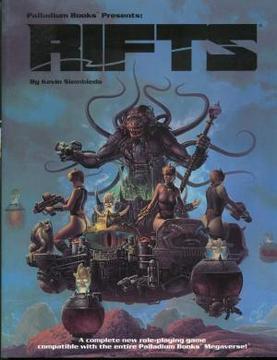Two weeks ago, I discussed the tracking of a PC's gear and any resulting effects (Encumbrance), and this week, I wanted to followup and talk about gear itself in tabletop RPGs.
Gear is, unsurprisingly, a key part of many tabletop RPGs. I've always enjoyed the mini-game of kitting out a PC. It's an early opportunity to place your stamp on a PC. Even when there isn't a mechanical difference between various types of equipment, choices can convey a different feel for roleplaying purposes, such as wielding an axe versus a sword.
 |
| Attribution: Dewfooter |
Some games also expect that a not inconsiderable portion of a PC's power comes from their equipment. For example, in Original Dungeons & Dragons, a game where a single hit from any weapon can kill any 1st level character except a Fighting Man who rolled max hit points, an often early priority for the party is getting their frontline into plate armor, which greatly increases survivability.
However, equipment is also important not only because of its actual utility during the game, but also because it can be an important part of shaping your character and your play style.
In newer editions of D&D, as well as other designs, have altered this assumption by placing an increased emphasis on a PC's internal power (e.g., feats, prestige classes, etc.), leading to a lesser role for gear. This, in turn, led to more advanced planning and character design for these PCs (e.g., feat chains, feat combos, etc.), sometimes many levels in advance.
Khazm was an otherwise bog-standard fighter, but adopting an atypical weapon and unusual cultural trappings for his race made him effectively unique in the game-world - this was the days before every demihuman race had an ice subrace and a sea subrace and a desert subrace and a jungle subrace, of course. It didn't take class abilities or feats or prestige classes to make him distinctive - the only rules-wise change to Khazm was spending a weapon proficiency slot on the scimitar after he leveled up - but rather I simply roleplayed him in ways, and surrounded him with trappings, which reflected his adopted culture.
Equipment is also important as a form of treasure, especially magic equipment. Even in games such as OD&D, where GP = XP, there's just something immensely satisfying to finding a PC's first magic weapon in a way that no hoard of gold or jewels can match.
In terms of RPG design and selecting what to include for equipment, many games have extensive equipment lists and some even have entire sourcebooks dedicated to gear, such as this classic:
For Sorcery & Steel, my rules set, I prefer not to have enormous lists of various items, which is a step away from its Old School D&D roots. This is mainly because, as I've mentioned before, I want to keep bookkeeping limited and to streamline game play. For example, inspired by the Lone Wolf gamebooks, there are a relatively limited number of weapons, just enough to provide reasonable variety.
But no pole arms.


















